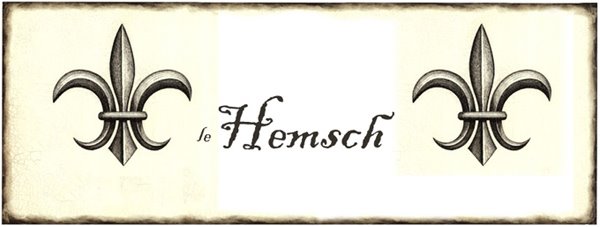

On the old soundboard, the first thing I tried to glue down was the octave bridge. That failed (realized I wasn't using the glue totally correctly) and I tried to remove the bridge, but bent it a bit. Since I had about half of a 3" thick slice of a beech tree left after making the first set of bridges, I decided to make another octave bridge.
It's cut out and sanded to shape -- I spent a lot more time sanding the curve this time than the last, as I realized most of the waves in the long-dimension were from poorly roughing it out originally. So now it's nicely sanded out. Still need to do the trapezoidal shaping.
Since the wood I had to work with was basically unmilled, I had to (as before) surface it and prepare it for work. This was fun, as it was much faster than last time, and shows the nice grain under the oxidized surface. It went like this: quickly cut to the rough length to ease workability; join one face to make it flat, then join one edge square to the face so it can be squarely resawn; resaw to the thickness, within 1/8th of an inch; plane down by machine to thickness within 1/16th of thickness; then transfer outline from drawing with carbon paper and begin working up.

Meanwhile, I didn't want to start the tedious shaping process, so I took a break and made a French rolling pin with some leftover beech for my friend as part of her housewarming gift. It started as a 2x2" block of beech, 22 inches long, then I turned it to a perfect cylinder, then tapered the ends about 1/4". This is supposedly so it can pivot easily to aid in shaping pie circles, etc. Took about 1.5 hours to shape evenly, then a bit more to sand down to 150 grit, polish and burnish with woodchips. It's all nice and shiny, though! Then I quickly beveled the edges at the ends on a belt sander. I have another blank that I'm going to turn for myself later.














